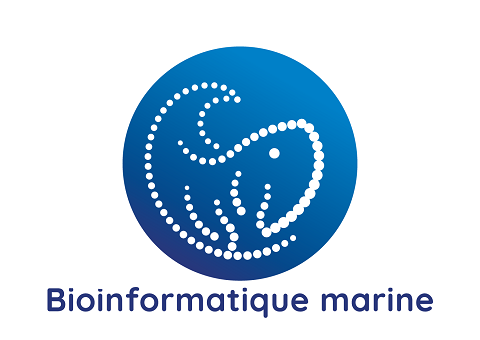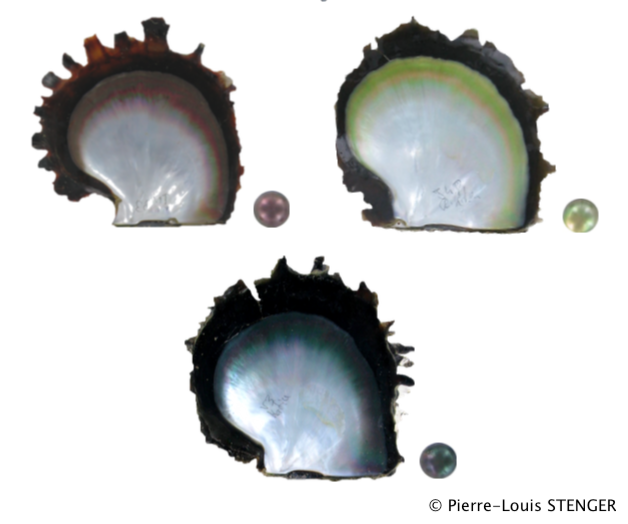Bioinformatics
Type of resources
Available actions
Topics
Keywords
Contact for the resource
Provided by
Years
Formats
Representation types
-

2bRAD genotyping will be used to estimate genetic diversity and connectivity among populations of Sabellaria alveolata. We will relate population genetic parameters with reef state characteristics.
-

Analysis of tuna stomach contents
-

WGS for Iatlantic projet ( ) for assessing past and present connectivity
-

ddRAD genotyping was used to evaluate population connectivity and putative loci under selection in honeycomb worm from 13 sites spanning its distribution in the Atlantic and Mediterranean coasts.
-

WGS of SARS-CoV-2 by Oxford Nanopore Technology from raw wastewater samples collected in France, 2020-2021
-

The project was designed to explore biological rhythms in the hydrothermal vent mussel Bathymodiolus azoricus. The experiment provides the first high-resolution temporal transcriptomes of an hydrothermal species, both in situ and in the laboratory.
-

Whole genome pooled sequencing of individuals from 4 populations and 3 different color phenotype in order to uncover the genetic variants linked to color expression in the pearl oyster P. margaritifera.
-

This dataset consists of metatranscriptomic sequencing reads corresponding to coastal micro-eukaryote communities sampled in Western Europe in 2018 and 2019.
-

In the framework of the PALDIAG project, environmental DNA from seawater was gathered in 2023 in Thau and Berre lagoons and studied with a 16S marker in order to detect the Veneroidae species.
-

Sequenced samples are city center wastewater sampled by passive samplers. Variants are identified by Illumina Miseq sequencing.
 Catalogue PIGMA
Catalogue PIGMA